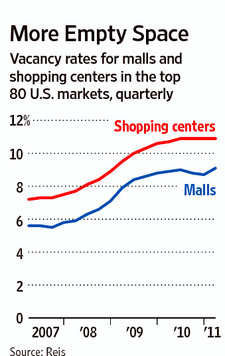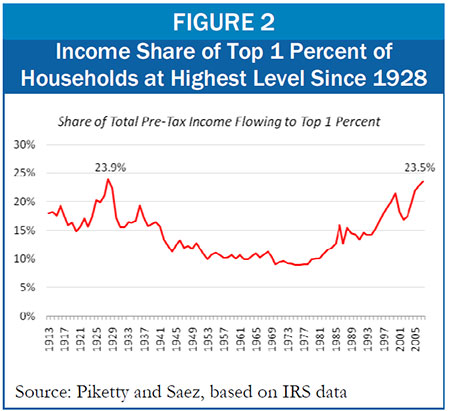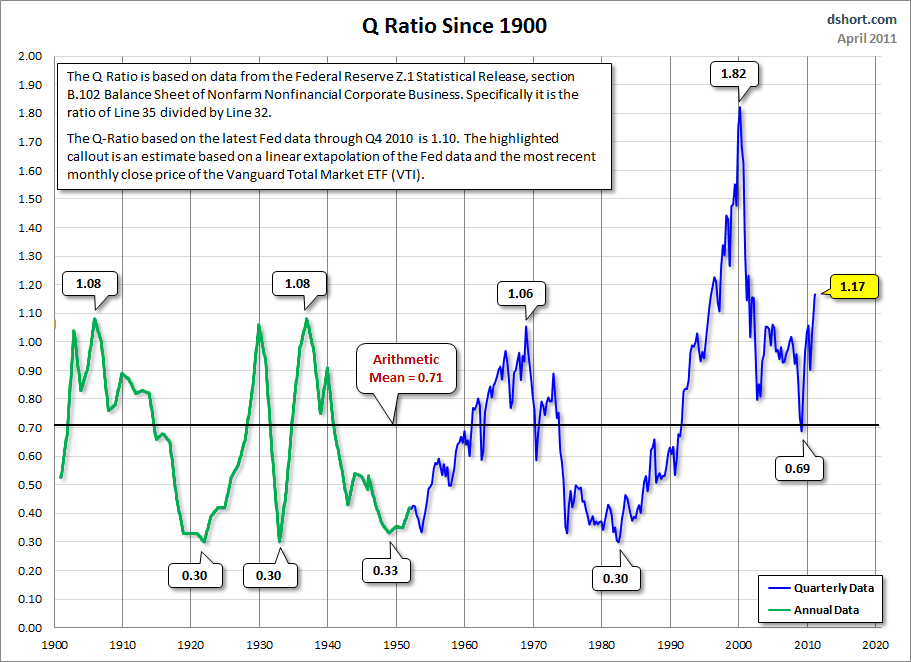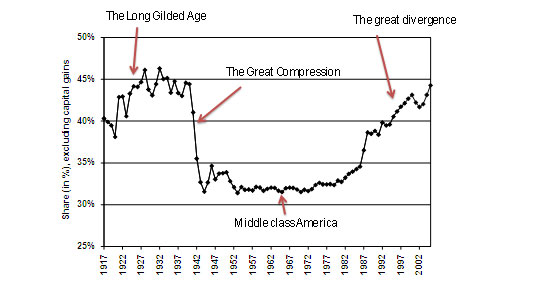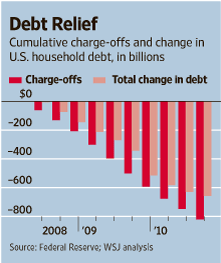Posted By thestatedtruth.com on March 29, 2011
We’ve been looking for big changes in Cuba, and in fact we know of a particular person that went to Cuba to visit relatives recently and has returned back to the U.S., He says things are turning for the better, it’s definitely different. One thing is for certain, the money will pour into Cuba when the changes come. Why you say….simply because there are a lot of rich Cubans living in the U.S., that’s official!
Dividing Old Havana from Chinatown is Cuba’s Capitolio Nacional, a monumental edifice with a fateful past. El Capitolio was conceived during the Roaring ’20s, when the island led the world in sugar exports and the future seemed sky blue.
President Gerardo Machado dreamed of turning Cuba into the Switzerland of the Americas. He decided that his 4 million countrymen needed a domed capitol building even taller and more ornate than the one he toured in Washington. So Cuba’s Congress dutifully poured 3% of the country’s GDP into their new home. (This would be akin to the US Congress spending $420 billion for a new office today, but let’s not give them any ideas…)
It took 8,000 skilled Cuban laborers just three years to complete El Capitolio, which featured gilt ceilings, a giant diamond embedded into the pristine marble floor and the world’s third-largest indoor statue. However, the showy project couldn’t have been more poorly timed. Work completed in 1929, just as America’s stock market crashed and the Great Depression unfolded.
The Smoot-Hawley tariffs crushed Cuban sugar prices by 74%. When El Capitolio’s ribbon was cut in 1931, Cuba’s economy lay in tatters. Machado was forced out of office, and his dream building would perform congressional service for only 28 years before Fidel Castro’s revolutionaries swept into Havana and opted for more austere premises. I don’t need to recite the history from here, which you probably well know.
The winds of change are gathering in Cuba, though. Since Fidel Castro’s health nearly failed in 2006, power has passed to his younger brother, Raul Castro. Raul has quietly reshuffled more than 30 cabinet members to prepare his party and people for a sweeping economic policy overhaul – Perestroika al Cubano. Even the semi-retired Fidel seems to have glumly accepted that change is inevitable, candidly admitting to a visiting US journalist that “the Cuban model doesn’t even work for us anymore.”
The global economic crisis whacked Cuba hard. Venezuela cut back on its largesse as its own economy worsened. Tourism and remittances softened, while nickel export prices tanked. Furthermore, three severe hurricanes left a wake of destruction in 2008. Unable to service Cuba’s estimated $21 billion foreign debt, and running out of generous leftist patrons to hit up, Raul Castro has, apparently, decided he has little choice but to pry open Cuba’s economy.
Castro’s wild card is Cuba’s oil and gas reserves. The island currently produces 60,000 bbl a day. But its US-facing northern waters hold an estimated 5-20 billion barrels of oil and 20 trillion cubic feet of natural gas. (Note: This compares with 29 billion barrels of oil reserves in the entire US.) Accessing this undersea oil requires the sophisticated drilling technology the US excels in. But as long as sanctions remain in place, the US oil majors are excluded from that bonanza. Amidst the applause of oil industry lobbyists, the dance for reengagement has begun, with both partners taking some unprecedented steps.
Raul Castro has issued a far-reaching five-year road map for Cuba’s future economic reform. The proposed changes would put Cuba on a very similar path to that taken by China in the 1980s and Vietnam in the 1990s. Here are some of the ideas: permit real estate transactions amongst Cubans, merge the two-tier currency system, close down inefficient state enterprises, decentralize state ownership, facilitate private ownership of businesses, distribute idle land to farmers, open state-owned wholesale markets and further encourage foreign investment – particularly in tourism.
In recent months, some planned reforms have already been implemented in an effort to delay Cuba’s impending insolvency. Costly subsidies on sugar and personal care products are being scaled back. The government announced plans to shed 500,000 state workers (that’s 10% of the country’s government work force in a country where 85% of workers work for the state) and guide them somehow into the private sector.
Cubans are being encouraged to grow and sell their own fruits and vegetables. The government is inviting foreign investors to develop 10 golf course estates in Cuba, with a new law allowing 99-year land leases to foreign buyers of plots in such projects. In the old days of Fidel’s revolution, such policies were unthinkable.
So what is the potential for a liberalized Cuban economy?
Just look 90 miles across the straits to Florida. A million Cuban- Americans call Miami home. Cuba has 60% of Florida’s population and 80% of its landmass, but greater natural resources and a much longer coastline, so one might conclude that the two are of comparable overall potential.
Perhaps to underscore their similarities, remember the fact that England and Spain cleanly swapped the two in 1763. Today, Florida’s economy is 12 times larger than Cuba’s. One reason is that Florida gets 20 times as many tourists as Cuba, plus an inflow of affluent retirees.
When the US government stops restricting its citizens from traveling to Cuba, the island will become an instant tourist magnet. Offering short flights, sunny beaches, cool music, “old world” architecture and cheap surgery, Cuba should have no problem drawing several million American tourists a year, as further-away destinations like Costa Rica have done.
Should reforms become comprehensive enough, agriculture seems an obvious investment play: Half the land is arable, labor is cheap and rain is plentiful. Cuba’s once-vaunted sugar industry stands in disarray, with 80% of the old mills shut down. However, today’s high sugar prices provide ample incentive to revive the sector, along with other traditional crops such as cigar tobacco.
Despite its long coastline, fisheries and aquaculture remain largely overlooked. Cuba is a world-class producer of nickel, but other mineral deposits remain underexploited. And then there’s the oil. The entire power system needs to be updated, financial services developed, retailing expanded – the opportunities seem endless.
Beyond the subsidized basics, most consumer goods have to be imported, and imports draw heavy duties. Telecom services are costly due to government monopolization and inefficiency. The list goes on. In this environment, it is tough for most Cubans to get by unless they receive remittances, tourist gratuities or tea money.
All in all, we eagerly await the implementation of Cuba’s economic reforms. As this process unfolds, Cuba could transform into one of the world’s most attractive frontier investment destinations. America has a long track record of turning bitter rivals into productive partners (a recent example being Vietnam), and re-engagement with Cuba could be one of Obama’s most notable foreign policy legacies.
Some frontier investors are not waiting for that and are already investing in Cuba. While 100% foreign ownership is permitted, most investors enter joint ventures with Cuban state enterprises, which typically contribute land, labor and sometimes capital. Over 250 such joint ventures exist, mostly for specific sectors or projects. Investments are made in foreign currency, eliminating exchange rate issues, and there are no restrictions on capital repatriation. Corporate income tax is 30% for joint ventures and 35% for wholly owned foreign companies, but tax holidays of five-seven years are available.
A few Cuba-focused investment groups have been established that non-US investors can access. Canada-listed Sherritt Group is a major player in Cuban nickel mining and, formerly, telecoms. A private investment group backed by European investors, Coral Capital has restored Havana’s historic Saratoga Hotel, which was recently ranked by Conde Nast as the 16th best hotel in the world. Coral is now planning a number of golf course, marina, housing and hotel projects, as is Leisure Canada, a Canada-listed investment vehicle.
Regards,
Douglas Clayton,
for The Daily Reckoning
Â
Â
Â
Â
Category: Commentary, Economy, National News, Wall Street, World News |
2 Comments »
Tags: Changes In Cuba, Cuba, Cuba Changes, Cuba Investment, Free Cuba
